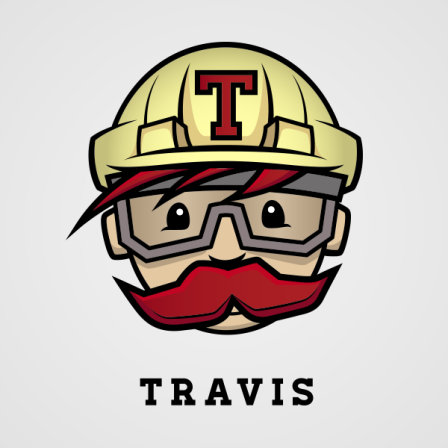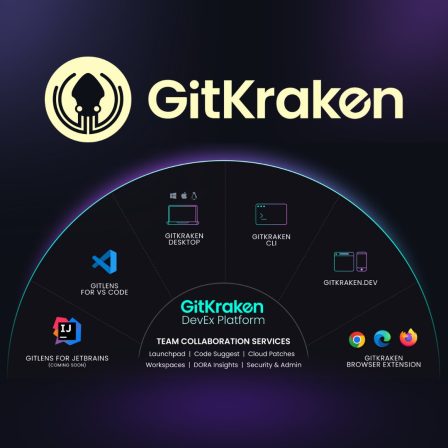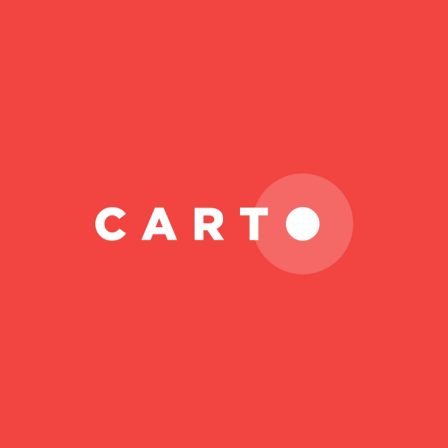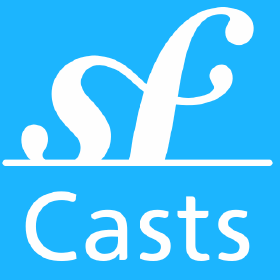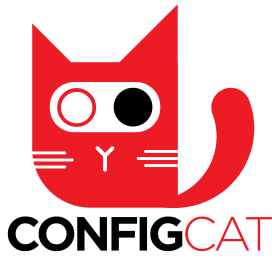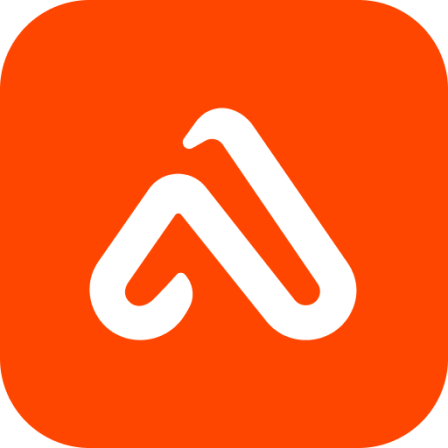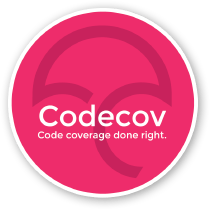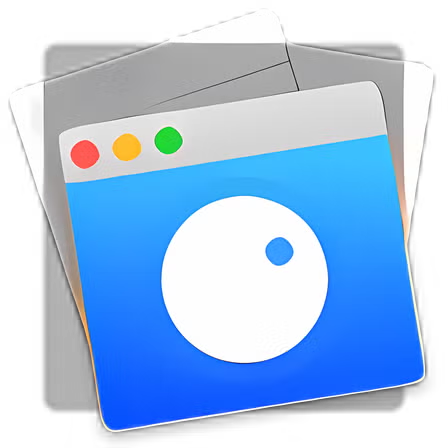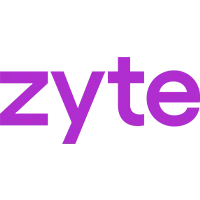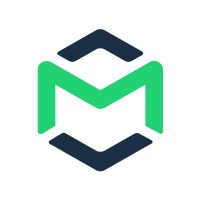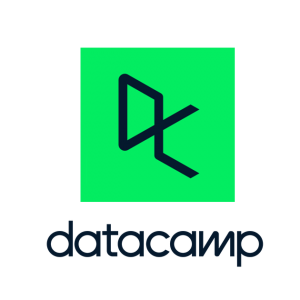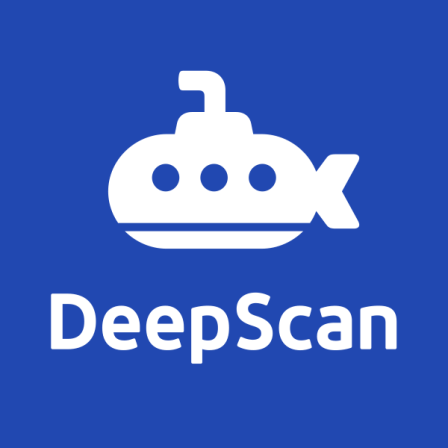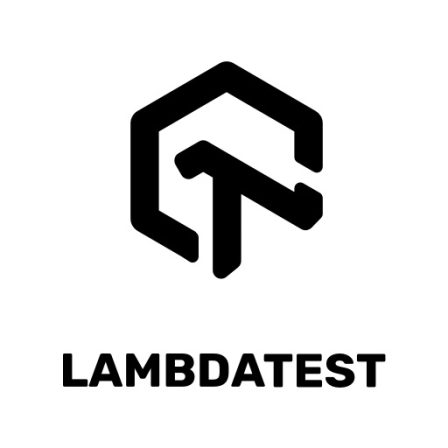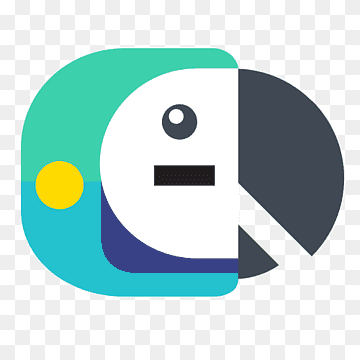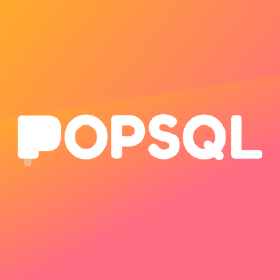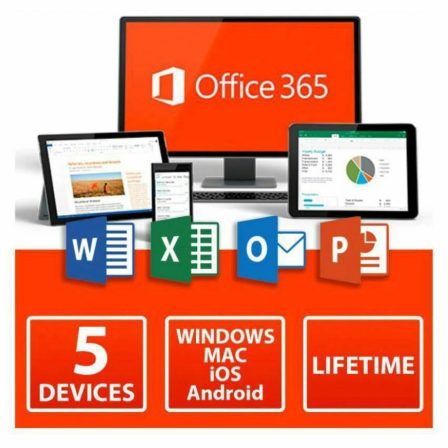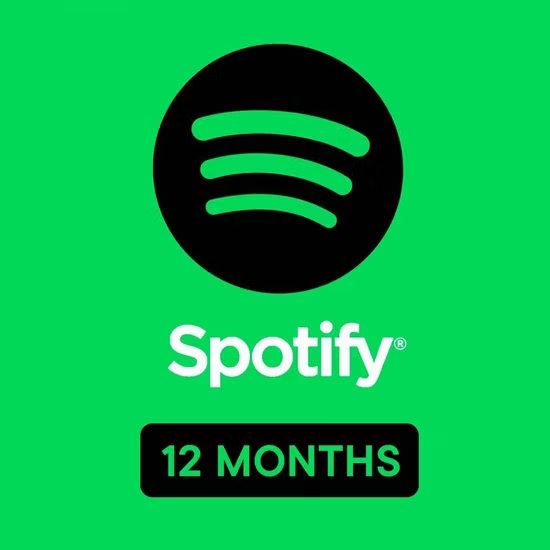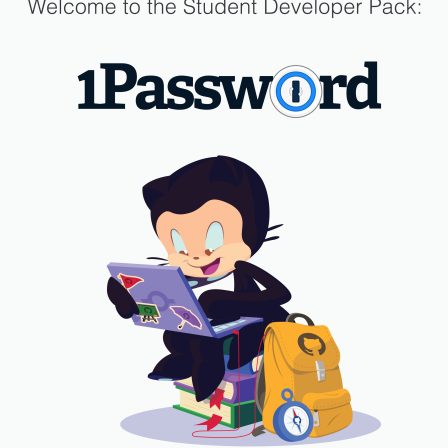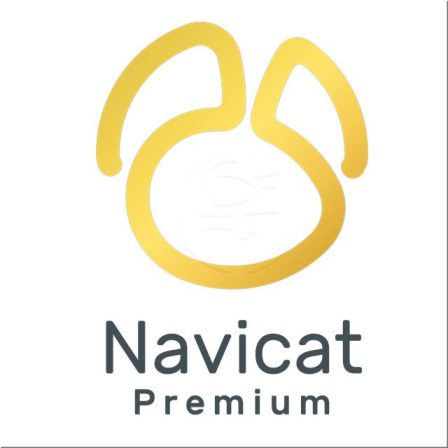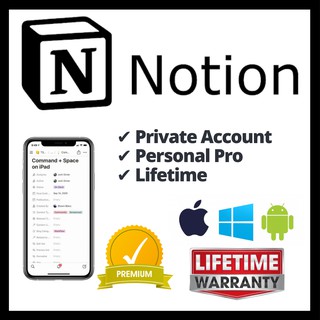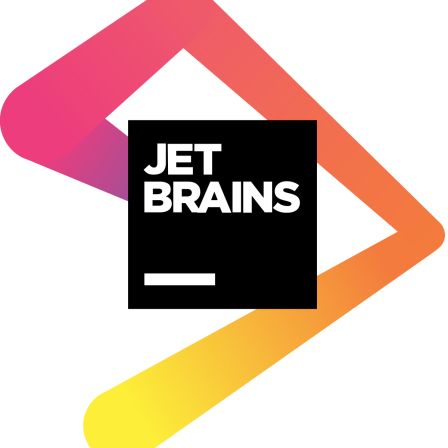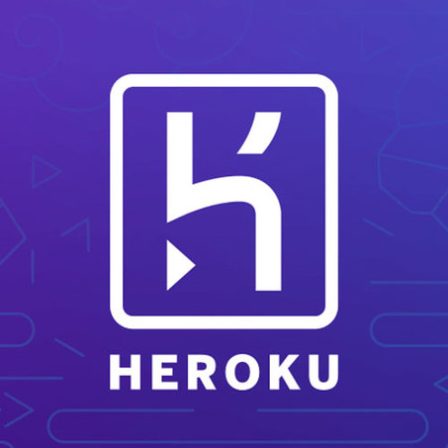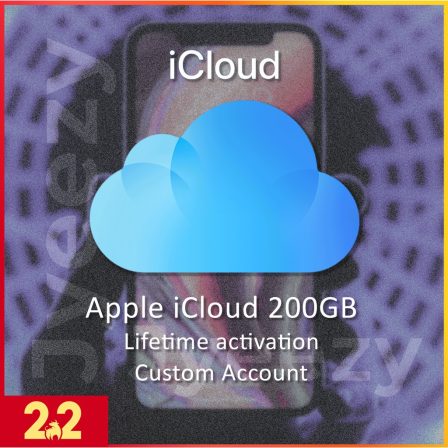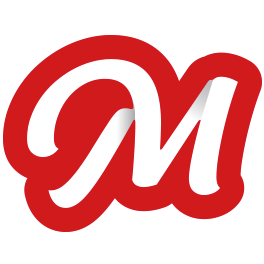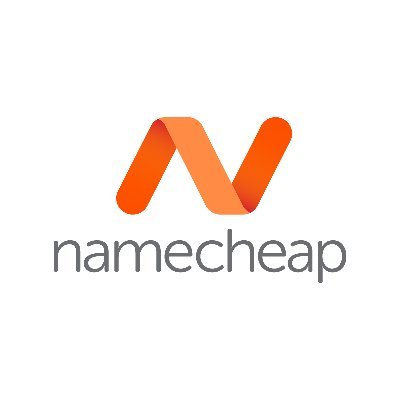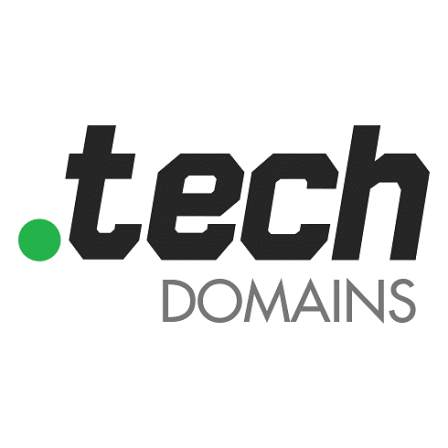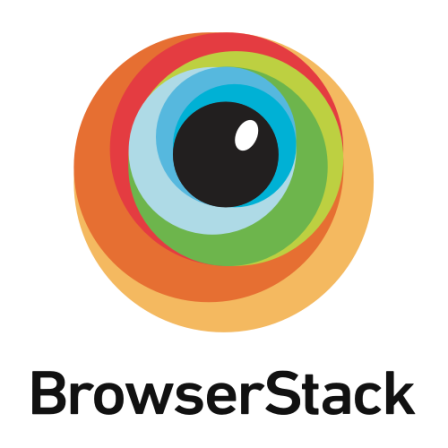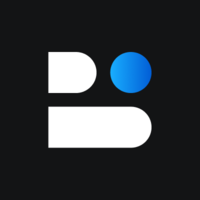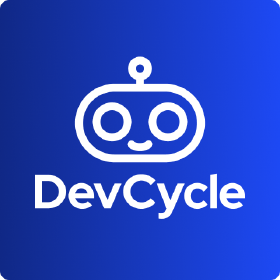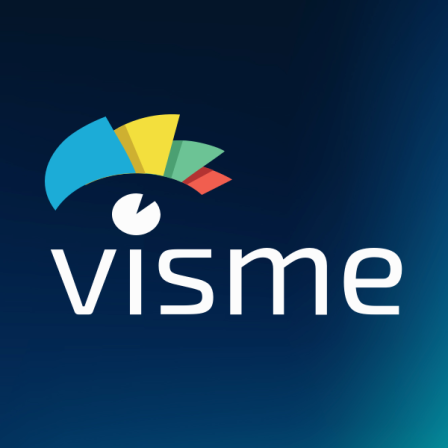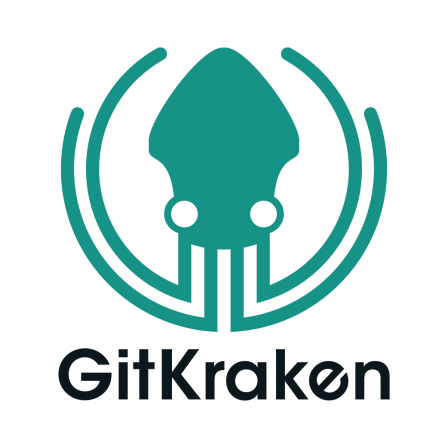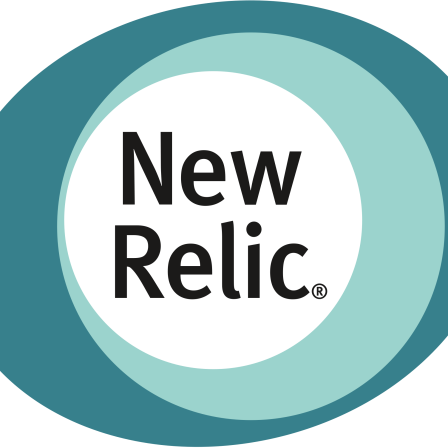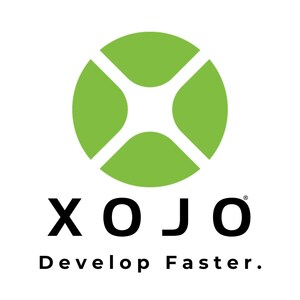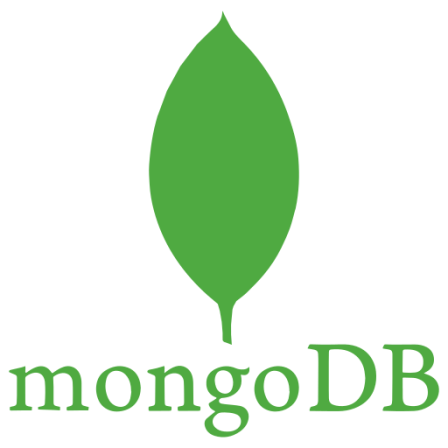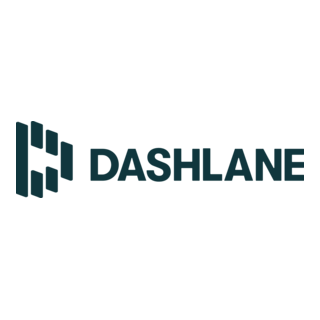There is no item in your cart
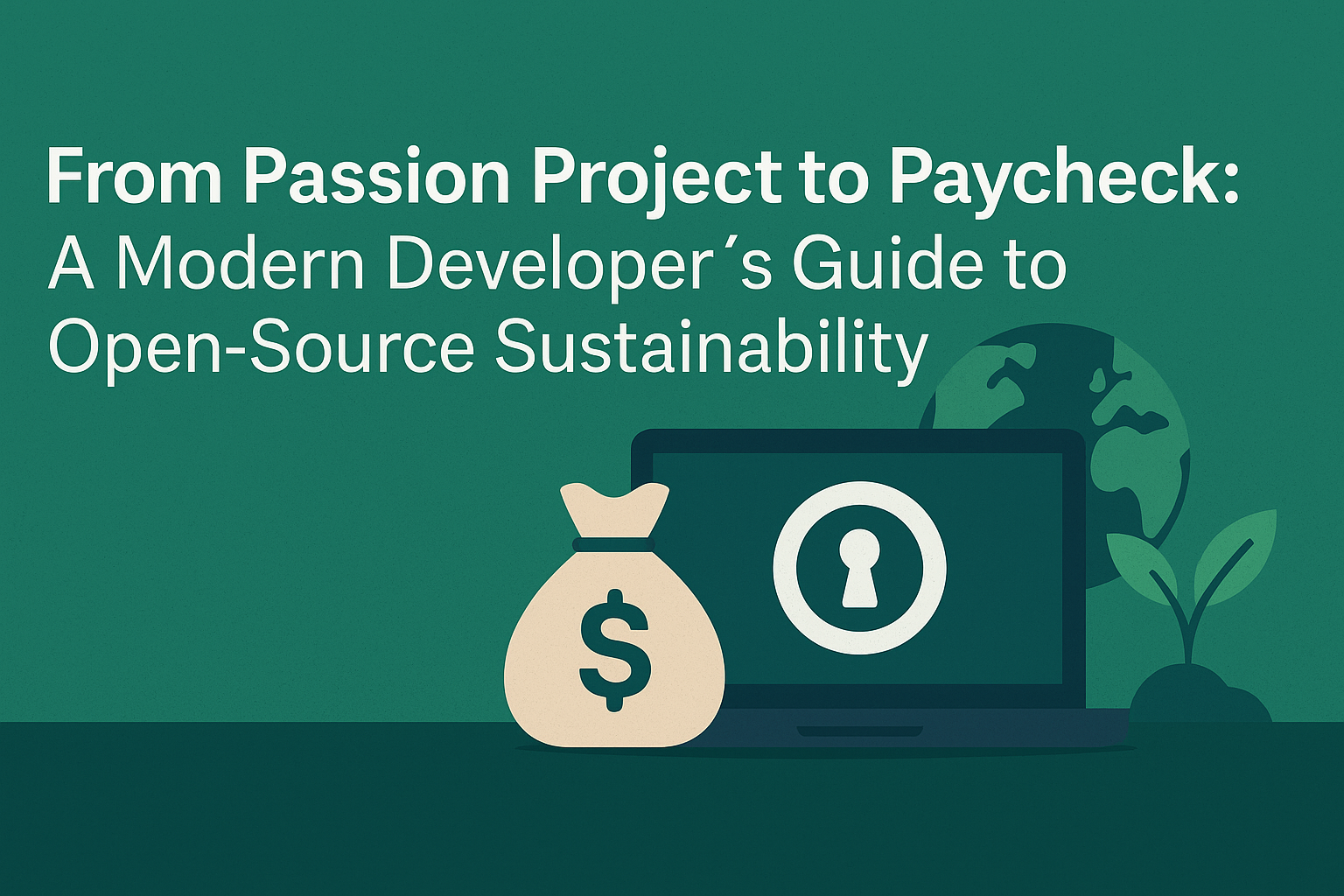
From Passion Project to Paycheck: A Modern Developer’s Guide to Open-Source Sustainability
Imagine getting paid to work full-time on the open-source project you love. For many developers, this is the ultimate dream. For years, the path to achieving it seemed limited to unpredictable donations or landing a job at a company that happened to use your software.
But the landscape in 2025 has changed. The “creator economy” has come to open source. A new wave of tools and business models now makes it more achievable than ever for individual developers and small teams to build a sustainable career around their passion projects. This guide will walk you through the modern strategies for turning your code into a viable business.
Step 1: Treat Your Project Like a Product
Before you can think about monetization, you need a product that people value. This goes beyond just writing code.
- Documentation is King: Your
README.mdmust be exceptional. Your API needs clear, interactive documentation. If people can’t figure out how to use your project, they’ll never pay for it. - Quality is Non-Negotiable: Your code must be clean, well-tested, and reliable. Use modern static analysis and testing practices.
- Community is Your Moat: Build a welcoming community around your project. A supportive user base is your most valuable asset.
Step 2: Choose a Modern Monetization Model
Forget the old donation button. Today’s successful open-source projects use more structured models:
- The “Open Core” Model: This is the most popular approach. You keep the core of your project open-source and free, but you sell a “Pro” or “Enterprise” version that includes advanced features, priority support, or special integrations.
- The “Managed Service” Model: You offer a fully-hosted, managed version of your open-source software. Companies are often happy to pay for the convenience of not having to host, manage, and scale the software themselves. Think of WordPress.com (managed service) vs. WordPress.org (open-source).
- The “Sponsorware” Model: Release new features or bug fixes to your GitHub Sponsors first. After a certain period or when a funding goal is met, you release them to the public. This gives your most dedicated users a reason to support you financially.
- Paid Support & Consulting: Offer your expert services to companies that rely on your project, providing them with training, custom development, or dedicated support contracts.
Step 3: Assemble Your Professional Toolkit
Turning a project into a business requires professional tools.
- A Professional IDE: To build a high-quality product, you need a powerful IDE like those from [JetBrains] that supports refactoring, debugging, and maintaining a clean codebase.
- Reliable Hosting: If you’re offering a managed service, you need a scalable and easy-to-use platform like [Heroku] to host it.
- Crystal-Clear Documentation: Use a tool like [Bump.sh] to automatically generate professional API docs, and [Notion] to manage your project roadmap and knowledge base.
- Airtight Security: Protect your project and your users. Manage your credentials with [1Password] and your application’s secrets with [Doppler].
Conclusion
Building a sustainable business around open source is no longer a dream reserved for a lucky few. It requires a mindset shift from “hobbyist” to “creator” and “entrepreneur.” The key is to build a project people love, and then provide additional, undeniable value that they are happy to pay for.
The journey from a single commit to a sustainable project requires passion and the right set of tools. At SMONE, we’re here to equip you for that journey. From the IDE you code in, to the platform you deploy on, to the security tools that protect your work, we provide the building blocks for professional creators. Explore our catalog and find the tools to turn your passion project into your life’s work.
